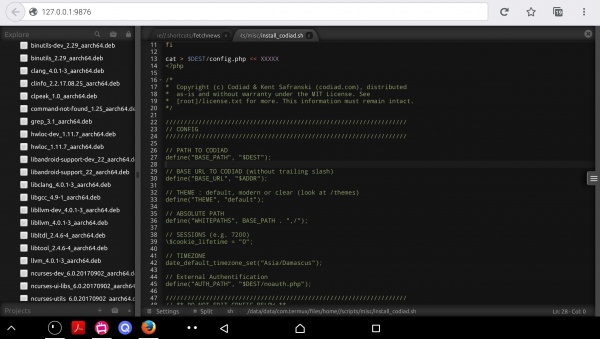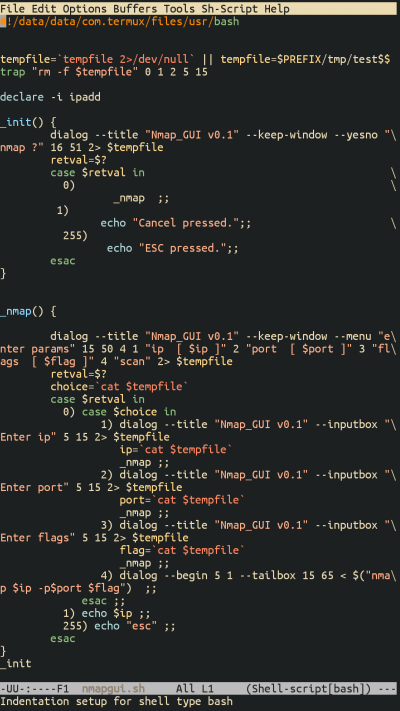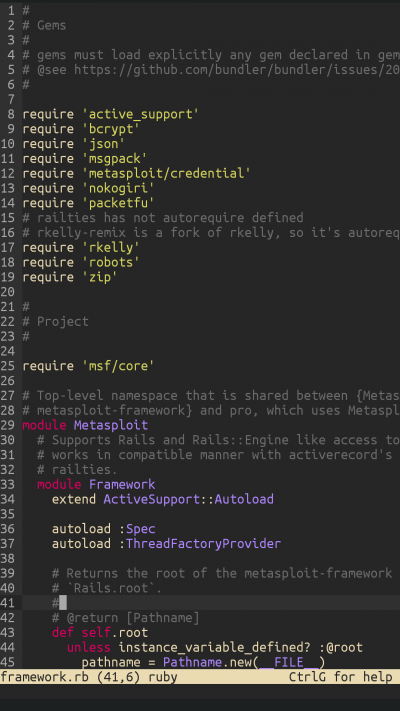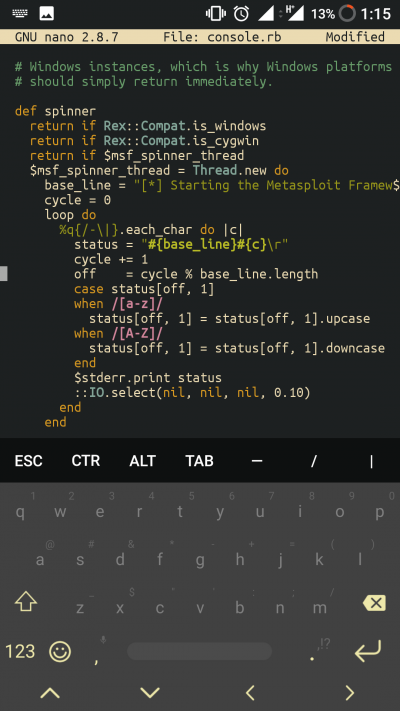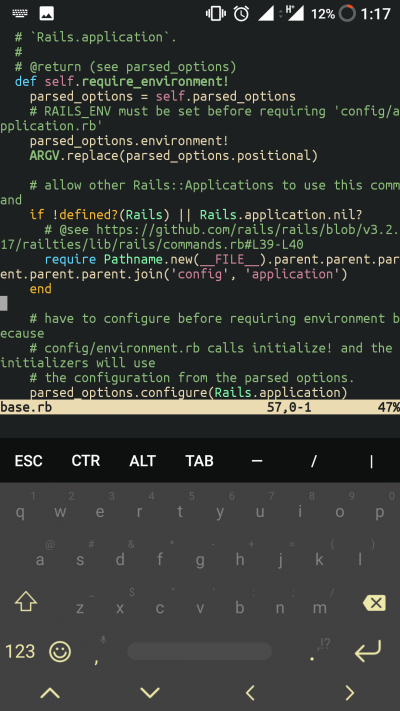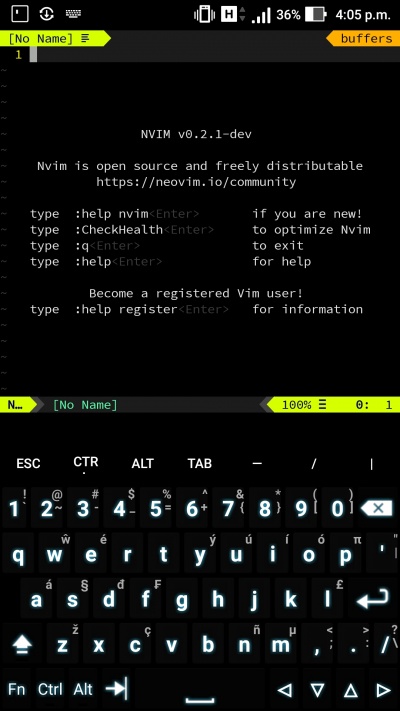Text Editors: Difference between revisions
m (→Vim) |
Hidayatsrf (talk | contribs) (→zile) |
||
| Line 81: | Line 81: | ||
=zile= | =zile= | ||
[[File:GNU Zile start screen.jpg|border|400px]] | |||
Lightweight clone of the Emacs text editor | Lightweight clone of the Emacs text editor | ||
Revision as of 06:52, 6 October 2017
A system or program that allows a user to edit text. A text editor is a type of program used for editing plain text files.
Text editors are provided with operating systems and software development packages, and can be used to change configuration files, documentation files and programming language source code.
Codiad
Codiad Web IDE Codiad is a web-based IDE framework with a small footprint and minimal requirements.
Codiad was built with simplicity in mind, allowing for fast, interactive development without the massive overhead of some of the larger desktop editors. That being said even users of IDE's such as Eclipse, NetBeans and Aptana are finding Codiad's simplicity to be a huge benefit. While simplicity was key, we didn't skimp on features and have a team of dedicated developer actively adding more.
Rnauber has created a script for installing the web-based IDE/editor codiad locally:
Emacs
GNU Emacs is a free, portable, extensible text editor. See emacstutor.
Package: emacs
Description: Extensible, customizable text editor-and more
Homepage: https://www.gnu.org/software/emacs/
You can install emacs by pkg install emacs
joe
Wordstar like text editor
Homepage: http://joe-editor.sourceforge.net
jupp
user friendly full screen text editor
Homepage: https://www.mirbsd.org/jupp.htm
Micro
Micro is a terminal-based text editor that aims to be easy to use and intuitive, while also taking advantage of the full capabilities of modern terminals. It comes as one single, batteries-included, static binary with no dependencies.
As the name indicates, micro aims to be somewhat of a successor to the nano editor by being easy to install and use in a pinch, but micro also aims to be enjoyable to use full time, whether you work in the terminal because you prefer it (like me), or because you need to (over ssh).
Use pkg install micro to install it.
nano
nano is a small and friendly editor. It copies the look and feel of Pico, but is free software, and implements several features that Pico lacks, such as: opening multiple files, scrolling per line, undo/redo, syntax coloring, line numbering, and soft-wrapping overlong lines.
You can install it using pkg install nano
ne
Easy-to-use and powerful text editor
Homepage: http://ne.di.unimi.it/
Vim
In vi after apt install vim, or vim type the following :help +enter/return to get started. To find more about the help system in vim type the following :help help +enter/return. For FAQs about vim, key in :help faq. If you want to learn how to use Vim you can tun vimtutor at the command prompt.
Package: vim
Description: Vi IMproved - enhanced vi editor
Homepage: http://www.vim.org/
You can install vim by pkg install vim
Neovim
Neovim is an extension of Vim: feature-parity and backwards compatibility are high priorities. Neovim is a refactor, and sometimes redactor, in the tradition of Vim (which itself derives from Stevie). It is not a rewrite but a continuation and extension of Vim. Many clones and derivatives exist, some very clever—but none are Vim. Neovim is built for users who want the good parts of Vim, and more.
Install : $ pkg install neovim
Homepage: https://neovim.io
zile
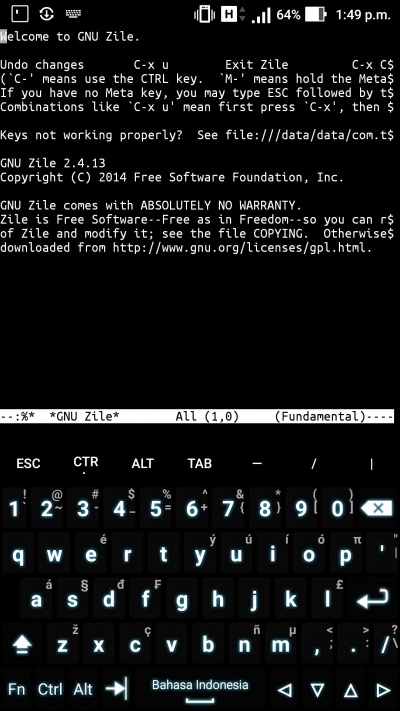 Lightweight clone of the Emacs text editor
Lightweight clone of the Emacs text editor
Homepage: https://www.gnu.org/software/zile/
